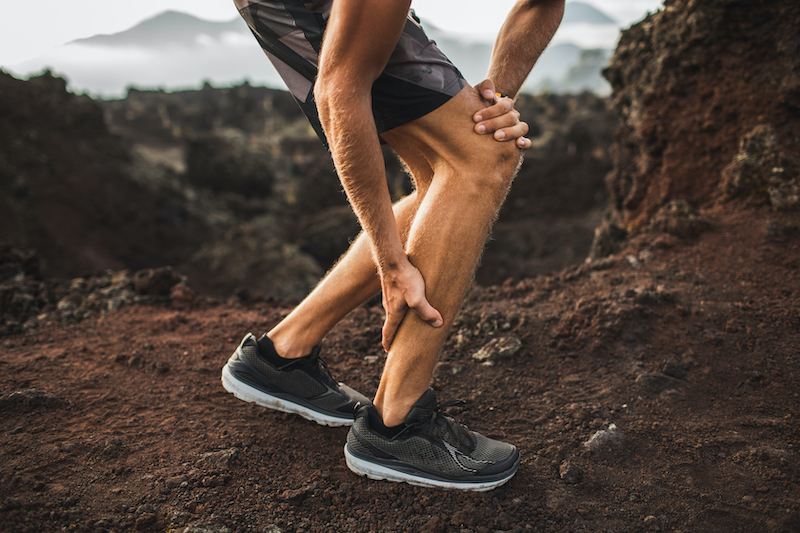Achilles Tendinitis (AKA Achilles Tendinosis) Is A Common Injury That Responds Well To Physical Therapy
If you’re searching for Achilles tendinitis treatment in Visalia, we can help. Conservative physical therapy care including laser therapy treatment, and the appropriate stretching and loading of the healing tendon can reduce your pain.
The Achilles tendon sees a lot of action. This thick band of tissue—which connects the calf muscle to the heel bone—allows you to point and push off your toes, so it’s utilized every time you walk, run, jump, and get on your tip toes. These types of activities are part of everyday life and they keep the Achilles tendon busy, which is one of the main reasons why it’s also vulnerable to injury.
Achilles Tendinopathy is Common – Here’s Why
As the largest and strongest tendon in the body, the Achilles tendon can withstand loads of up to 2,000 pounds when running. This durability is necessary because of how frequently the tendon is used, but as with every other structure of the body, it has limits. When pushed too far, one of the most likely results is Achilles tendinitis.
Achilles tendinitis is a common injury that is seen most frequently in runners and other athletes. For runners, the condition usually stems from doing lots of speed training or uphill running, or after suddenly increasing the intensity or duration of runs without taking enough time off to recover. This constant strain can cause small micro-tears in the Achilles tendon and lead to inflammation, which is the telltale sign of tendinitis.
Patients with Achilles tendinitis usually notice heel pain that comes on gradually as a mild ache in the back of the leg or above the heel after a run, which may get worse after long runs, sprinting, or climbing stairs. Tenderness and soreness may also occur, particularly in the morning. As a result, running and performing many daily activities often becomes more difficult due to these symptoms.
Our Physical therapists can effectively address Achilles Tendinitis (acute injury) Tendinosis (chronic problem) based on the current best clinical evidence
For patients affected by Achilles tendinitis, physical therapy is generally regarded as the best available treatment to help them recover. Physical therapists are movement experts trained to identify any underlying issues, behaviors, or habits that are contributing to each patient’s symptoms. From there, therapists create personalized treatment programs that address these limitations and teach patients how to make the necessary changes to avoid future problems. A physical therapy program for Achilles tendinitis will typically consist of the following:
- Calf-strengthening exercises: according to recent research and the latest guidelines, a combination of eccentric and concentric strengthening exercises are effective for treating Achilles tendinitis, and both are frequently used in treatment programs
- “Concentric” means a muscle shortens while doing work, while “eccentric” is the opposite of this, in which a muscle lengthens; heel drops and heel raises are great example that involves both types, as standing up on your tiptoes is concentric because it shortens the calf muscle, while lowering yourself down from tiptoes is an eccentric exercise because it lengthens the calf muscle
- Manual therapy: these are hands-on techniques administered by the physical therapist that include massage, manipulation, and mobilization, which improve mobility and function, and alleviate symptoms
- Stretching exercises: the physical therapist will usually guide the patient on how to stretch tight muscles in order to improve flexibility and range of motion; patients, in turn, can perform these exercises on their own at home
- Pain-relieving modalities: ice, heat, ultrasound, and other passive interventions may also be used to reduce pain and inflammation
So if you’re dealing with any painful symptoms that sound like Achilles tendinitis, you may want to consider seeing a physical therapist.

